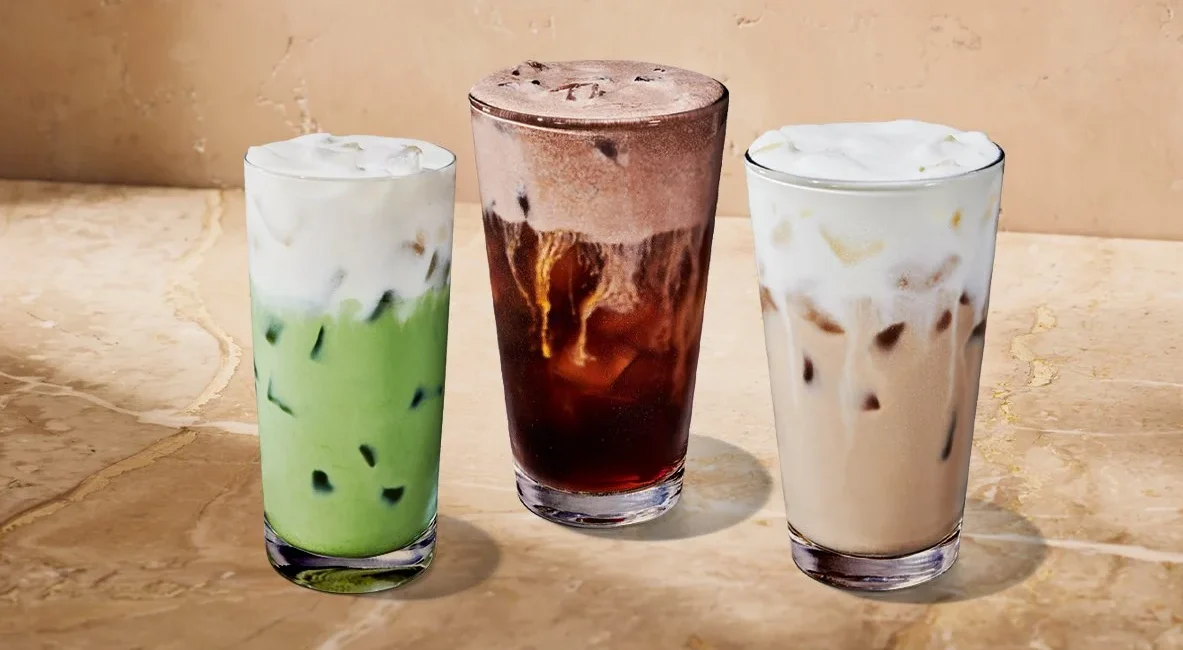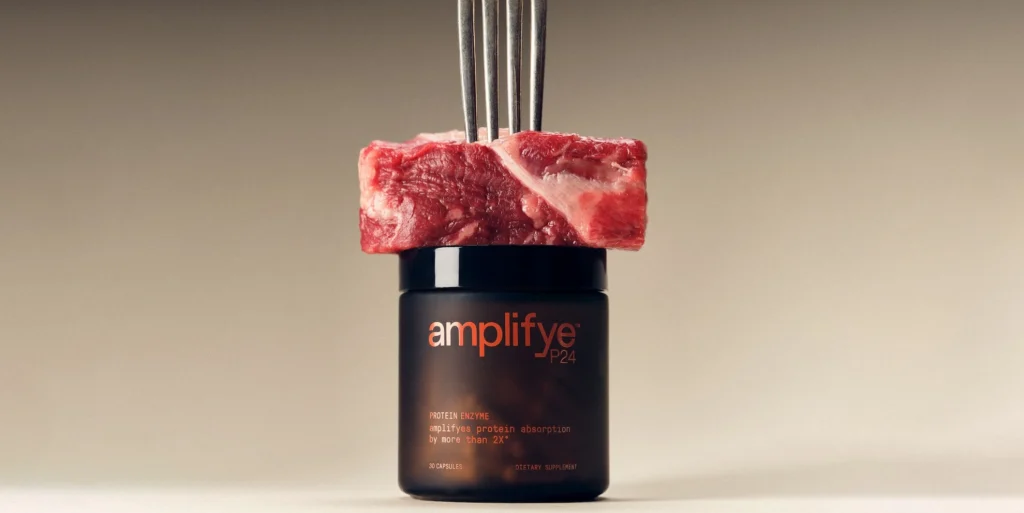As Starbucks Goes All-In Protein, GLP-1 Users Face Muscle-Loss Risks

America’s obsession with “protein-maxxing” is colliding with the medical weight loss boom. Athletech News spoke with Jessica Crandall, RDN, to unpack what GLP-1 users really need
Pumpkin spice season may dominate Instagram, but Starbucks’ latest menu launch is less about cozy flavors and more about macros.
Protein has become the nutrient of the moment, especially among women. It’s in bars, powders, shakes and now coffee, with Starbucks rolling out a menu of protein-infused cold foam and protein-fortified lattes packing 15 to 36 grams per grande.
A consumer shift is backing up the hype. The 2025 IFIC Food & Health Survey found that seven in ten Americans are actively trying to add more protein to their diets, with roughly 80% making it a daily priority.
Fun trend? Sure. But for millions now using GLP-1 medications (a number expected to keep climbing), it’s more than a vibe. Prioritizing protein isn’t optional; it’s the difference between protecting muscle mass and losing it.
For all their benefits, the appetite-suppressing nature of GLP-1s means many patients eat less food overall (and often less protein). That raises the risk of muscle loss, with clinical data showing that 25–40% of the weight lost on GLP-1s can come from lean muscle mass.
“Meal replacement drinks, protein drinks and smoothies can be a really good way to help achieve your targets without having you feel overwhelmed by a volume of food,” said Jessica Crandall, RDN and medical advisor at telehealth company FuturHealth.
Shortcut or Sugar Trap?
The new protein-packed options on Starbucks’ menu may help close gaps, but Crandall warns against leaning too heavily on processed protein sources.
“If you’re just having that nutrient gap where you’re having a hard time hitting your goal, then this is where supplemental products can come into play,” she said. “But you have to look at the label. Commonly, lattes and things like that are liquid calories, which maybe we don’t recognize. They could have several hundred calories from added sugars.”

She points to dairy as one of the most underrated protein sources because it also provides calcium and vitamin D. Soy and pea proteins are also solid alternatives, while nut and oat milks deliver little protein unless fortified, Crandall notes.
When it comes to Starbucks, the coffee giant says its new drinks are made with premium whey, and several come in zero-added-sugar versions, including the Sugar-Free Vanilla Protein Latte and Sugar-Free Vanilla Protein Matcha, both delivering close to 30 grams of protein per serving. Customers can also add protein-boosted milk or cold foam to nearly any beverage, making protein a customizable menu feature.
Beyond its coffeehouses, Starbucks plans to extend the line into retail, with a ready-to-drink version set to launch in U.S. grocery and convenience stores next year.
Brands across wellness are also pushing the envelope with higher doses and cleaner formulas. Sarah Wragge Wellness, for example, just launched Optimize, a protein powder packing a hefty 45 grams of protein per serving, blended from grass-fed beef isolate and organic pea protein. The product also layers in 10 grams of prebiotic fiber to support satiety and gut health, a nutrient Crandall says is often overlooked.
The protein trend has also given way to innovation beyond sheer volume. A new capsule called amplifyeP24 takes a different approach, focusing on improving protein absorption rather than intake. The enzyme-based product is designed to break down dietary protein into amino acids and peptides, making it easier for the body to use and, according to the company, may double protein absorption rates.

Fiber: The New Star of the GLP-1 Diet?
Protein isn’t the whole story, as Crandall often sees GLP-1 users are lacking in several other essentials, according to her clients’ food logs.
“The nutrient gaps that we commonly see are not only protein, but fiber, calcium, vitamin D and their antioxidants from fruits and vegetables,” she said.
She encourages adding fiber powders to coffee, taking a multivitamin, and keeping strength training as part of the plan. “I don’t want them to end up with unintended consequences or pitfalls down the road,” she said.
There’s also the not-so-quiet rise of fiber. On TikTok, #FiberTok has turned psyllium husk and chia pudding into trending topics and creative recipes. Brands are taking note. Halfday Iced Tea, a prebiotic iced tea, has entered the market with 6 grams of fiber per can (about a quarter of daily needs), offering fiber as something you can sip rather than scoop.
Muscle, Metabolism & The Long Game
The protein craze shows no signs of slowing, and GLP-1 prescriptions are climbing fast. Starbucks may help normalize protein in mainstream menu options, but experts like Crandall stress that patients need more than a latte to protect their muscle, metabolism and longevity.
They need comprehensive support, she says, including a combination of nutrition, strength training and medical oversight as a more sustainable approach.
“Doing it unsupported is not going to work out to your advantage,” Crandall said. “These are great medications, but you don’t want to end up with unintended consequences. Work with a registered dietitian, build the right team and use this as a time to invest in your health.”



